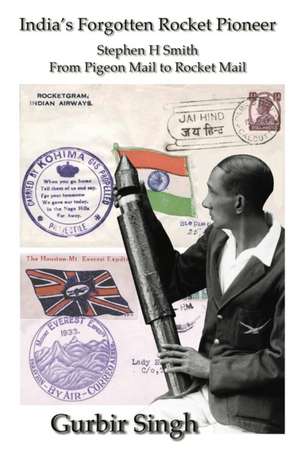India's Forgotten Rocket Pioneer
Autor Gurbir Singhen Limba Engleză Paperback – 12 apr 2020
Preț: 133.18 lei
Nou
Puncte Express: 200
Preț estimativ în valută:
25.49€ • 26.51$ • 21.36£
25.49€ • 26.51$ • 21.36£
Carte tipărită la comandă
Livrare economică 13-27 martie
Preluare comenzi: 021 569.72.76
Specificații
ISBN-13: 9781913617004
ISBN-10: 1913617009
Pagini: 242
Dimensiuni: 152 x 229 x 14 mm
Greutate: 0.36 kg
Editura: Astrotalkuk Publications
ISBN-10: 1913617009
Pagini: 242
Dimensiuni: 152 x 229 x 14 mm
Greutate: 0.36 kg
Editura: Astrotalkuk Publications
Notă biografică
Gurbir Singh is the publisher of www.astrotalkuk.org and the author of Yuri Gagarin in London and Manchester published in 2011 to mark the 50th anniversary of humanity's first journey into space. A former college lecturer, he is currently working in the information security sector. He has a science and an arts degree. Once keen on flying, Gurbir holds a private pilot's licence for the UK, US and Australia and was one of the 13,000 unsuccessful applicants responding to the 1989 advert "Astronaut wanted. No experience necessary" to become the first British astronaut, for which Helen Sharman was eventually selected and flew on the Soviet space station MIR in 1991. His first book - Yuri Gagarin in London and Manchester was published in July 2011. The second, The Indian Space programme was published in October 2017.
